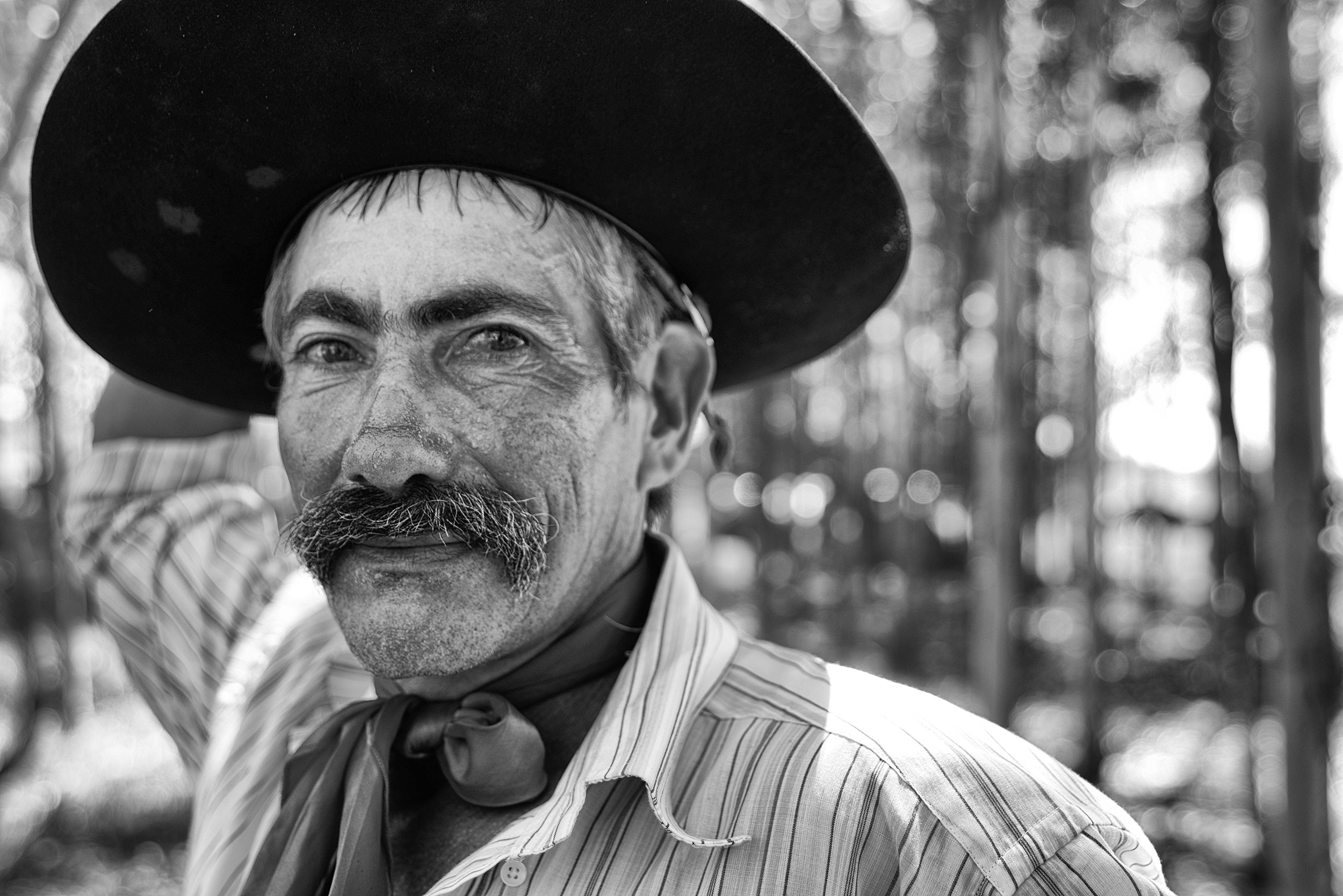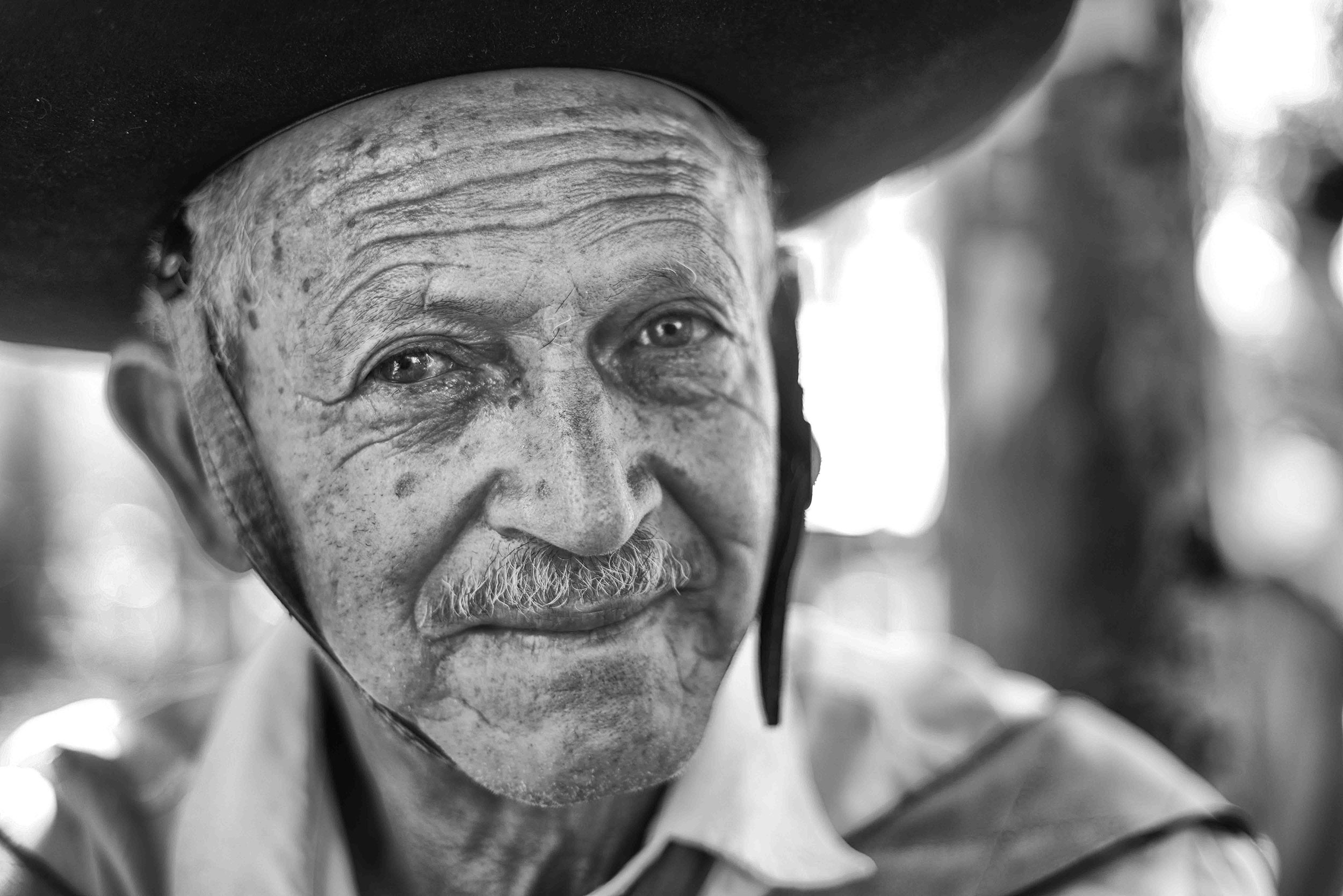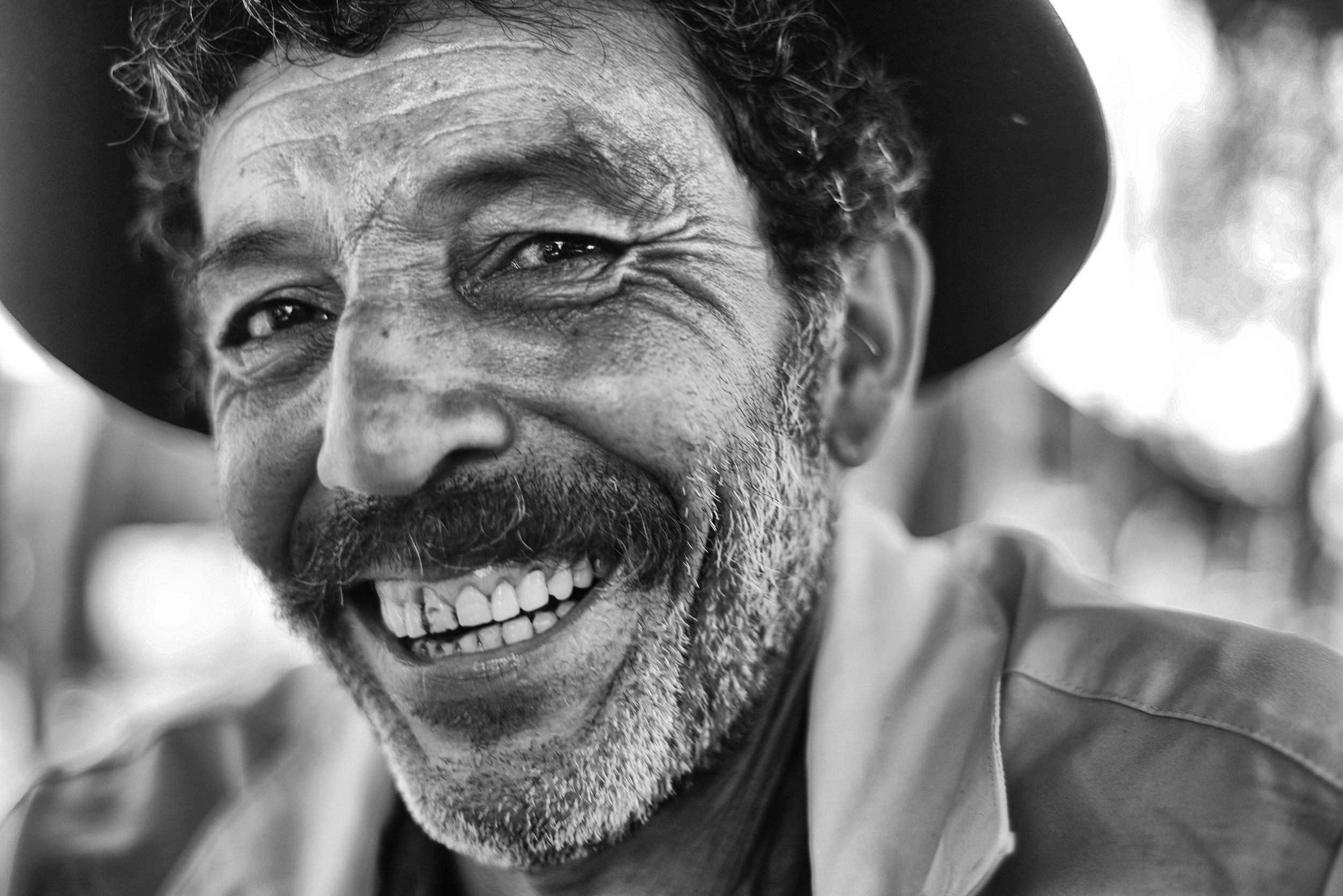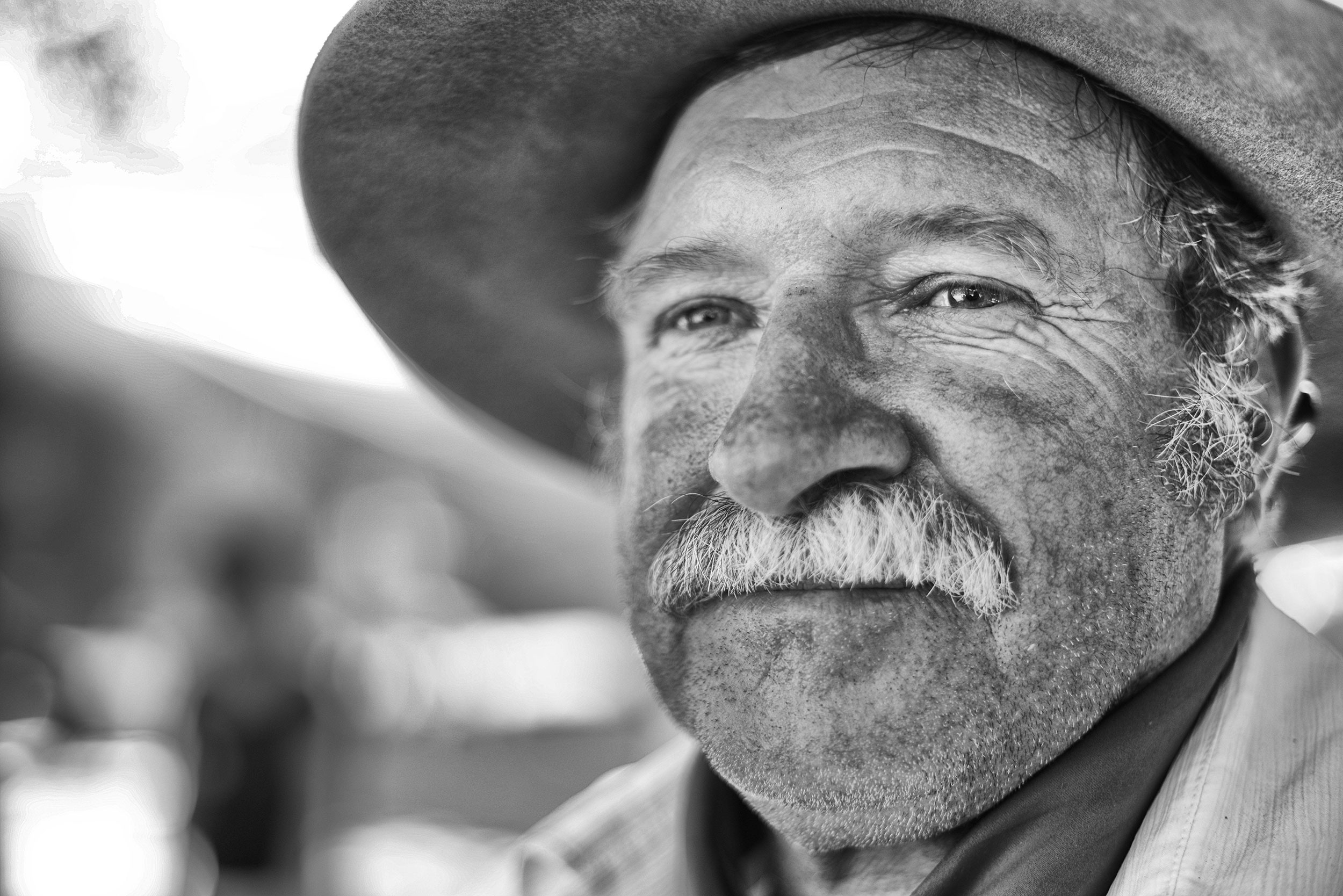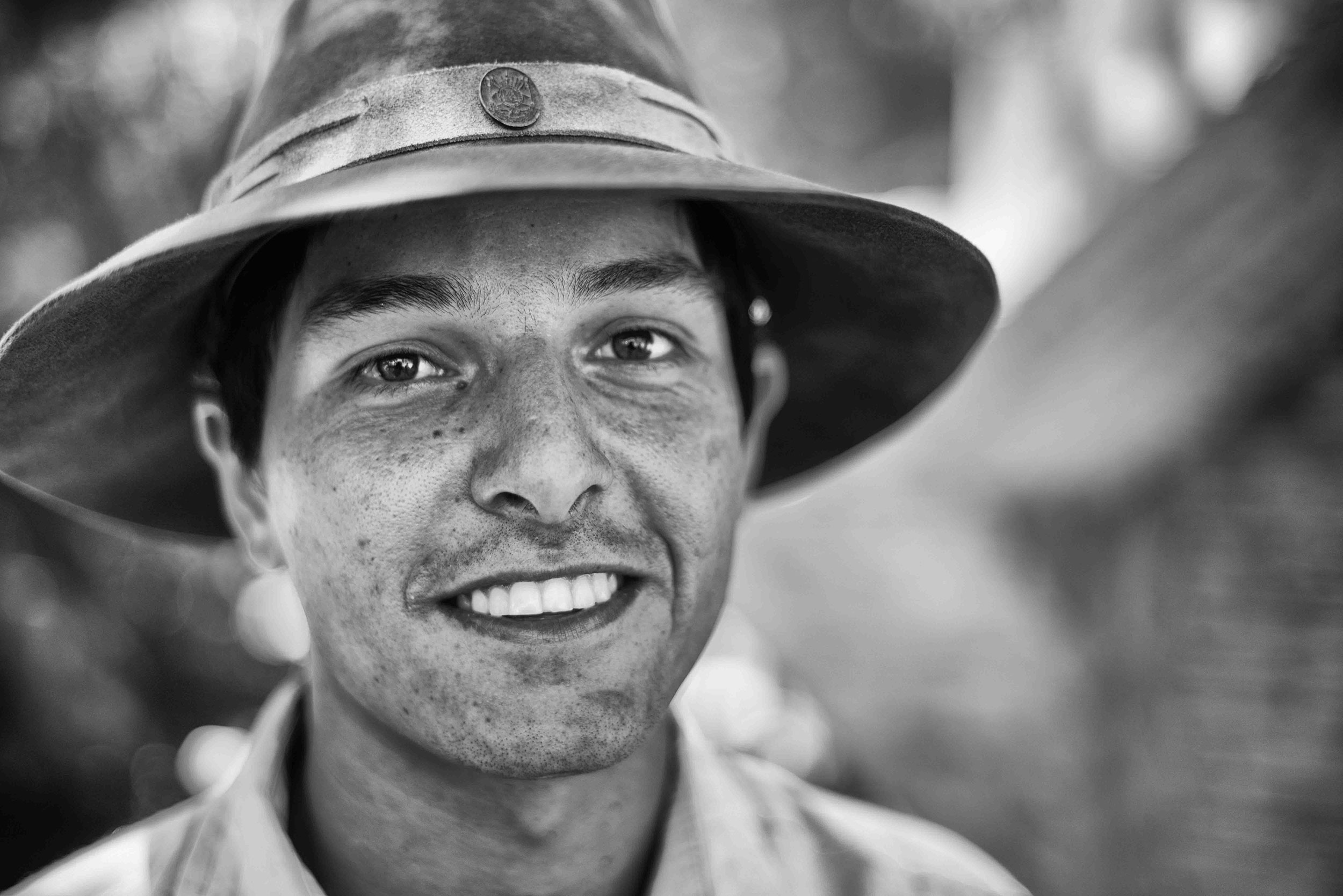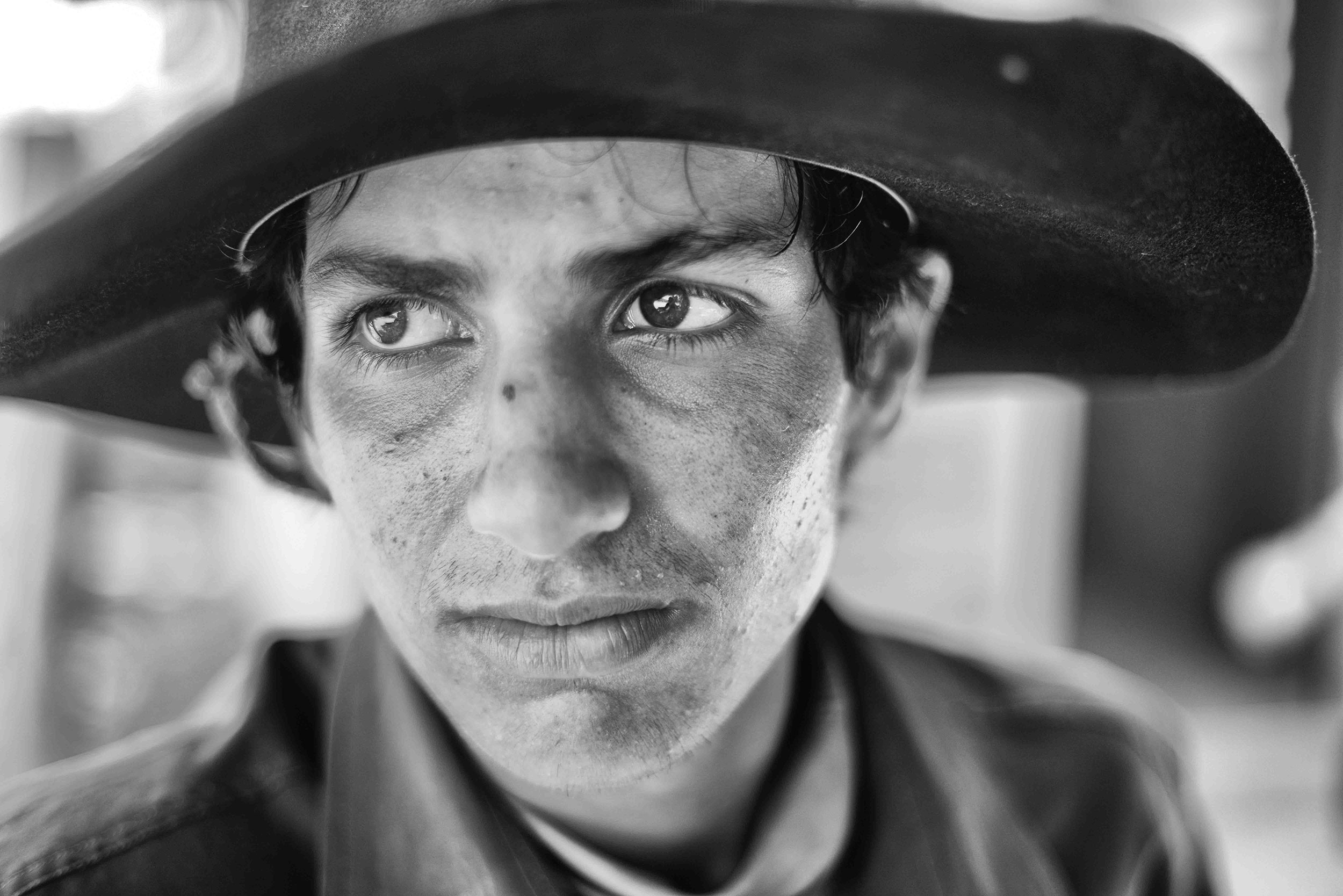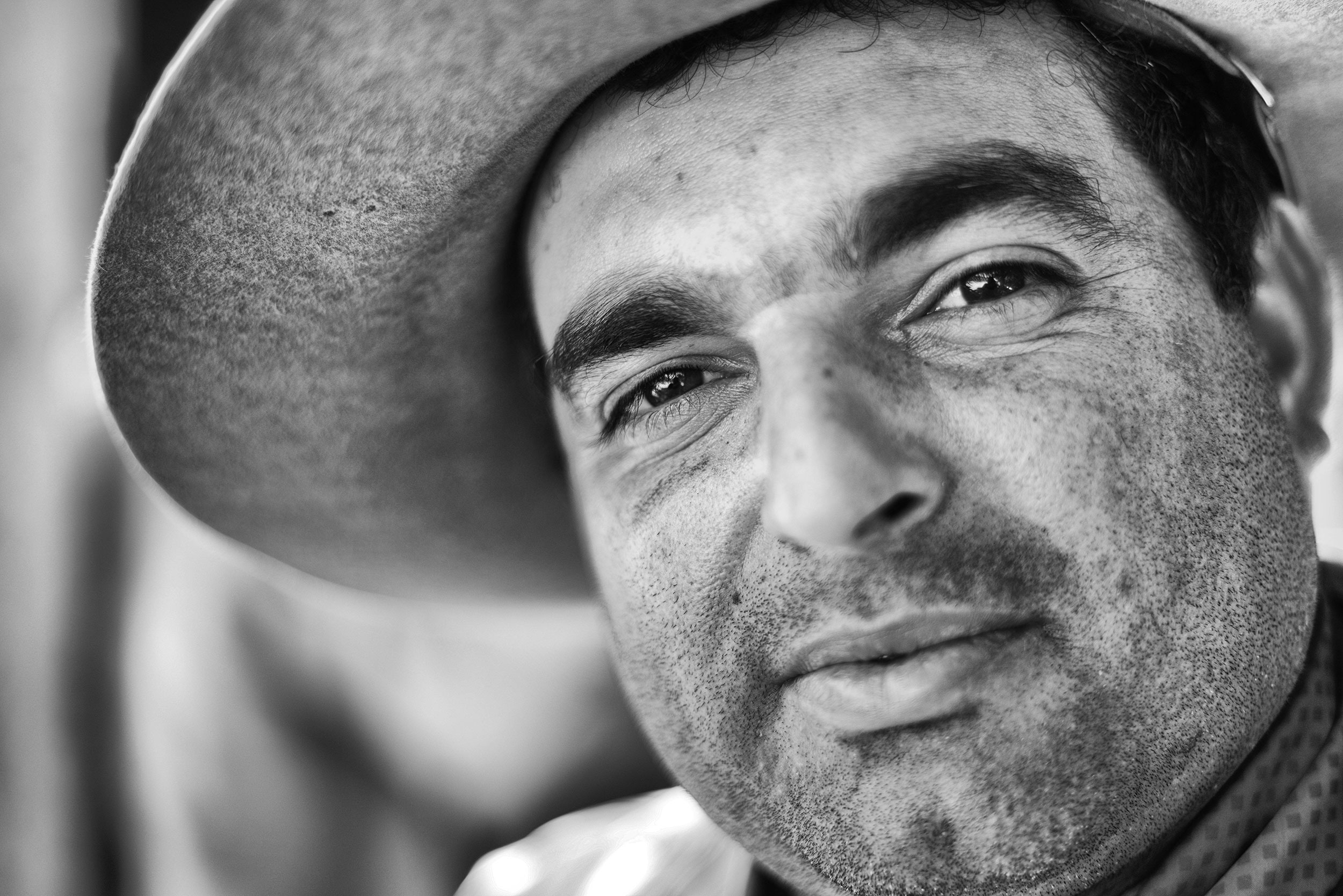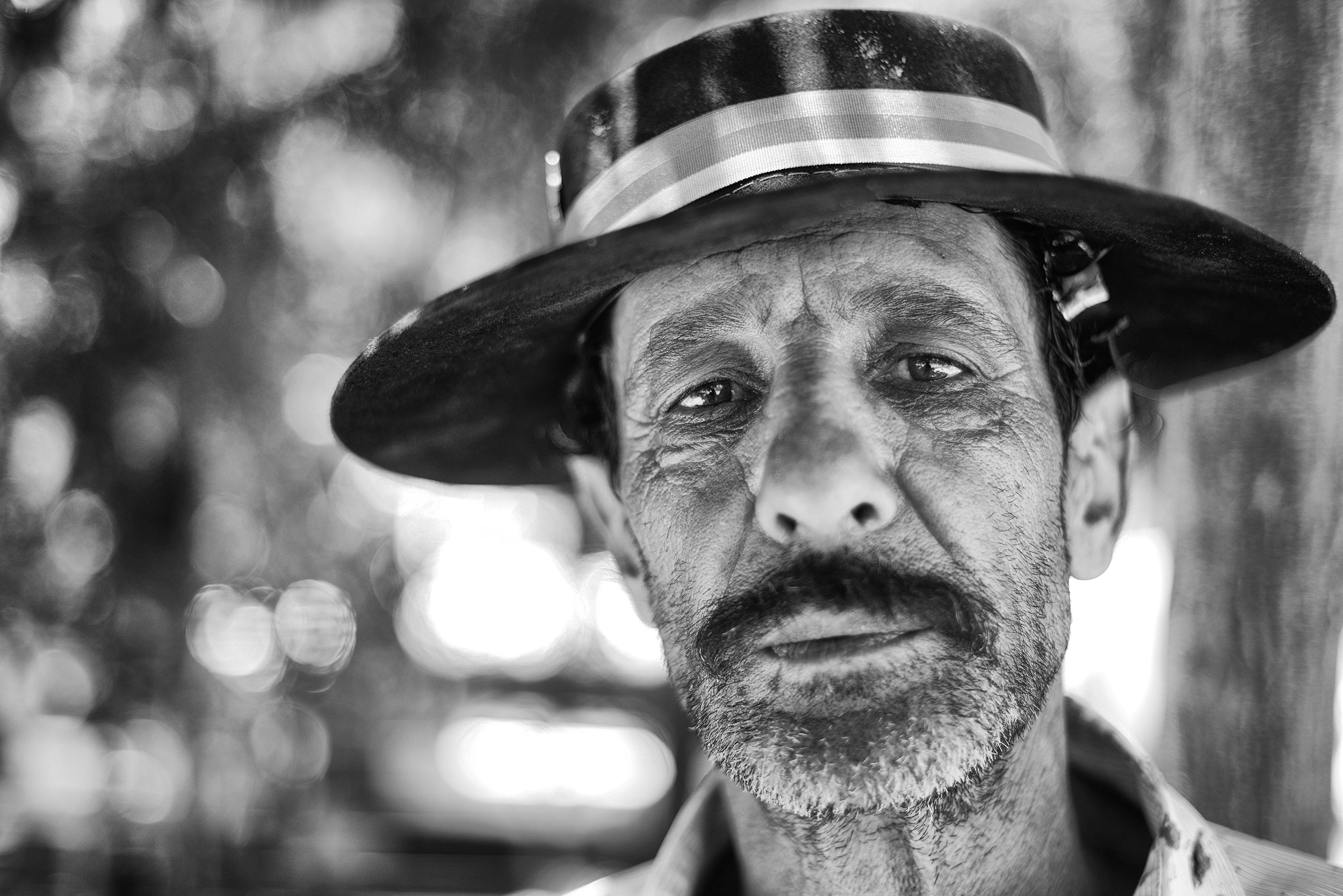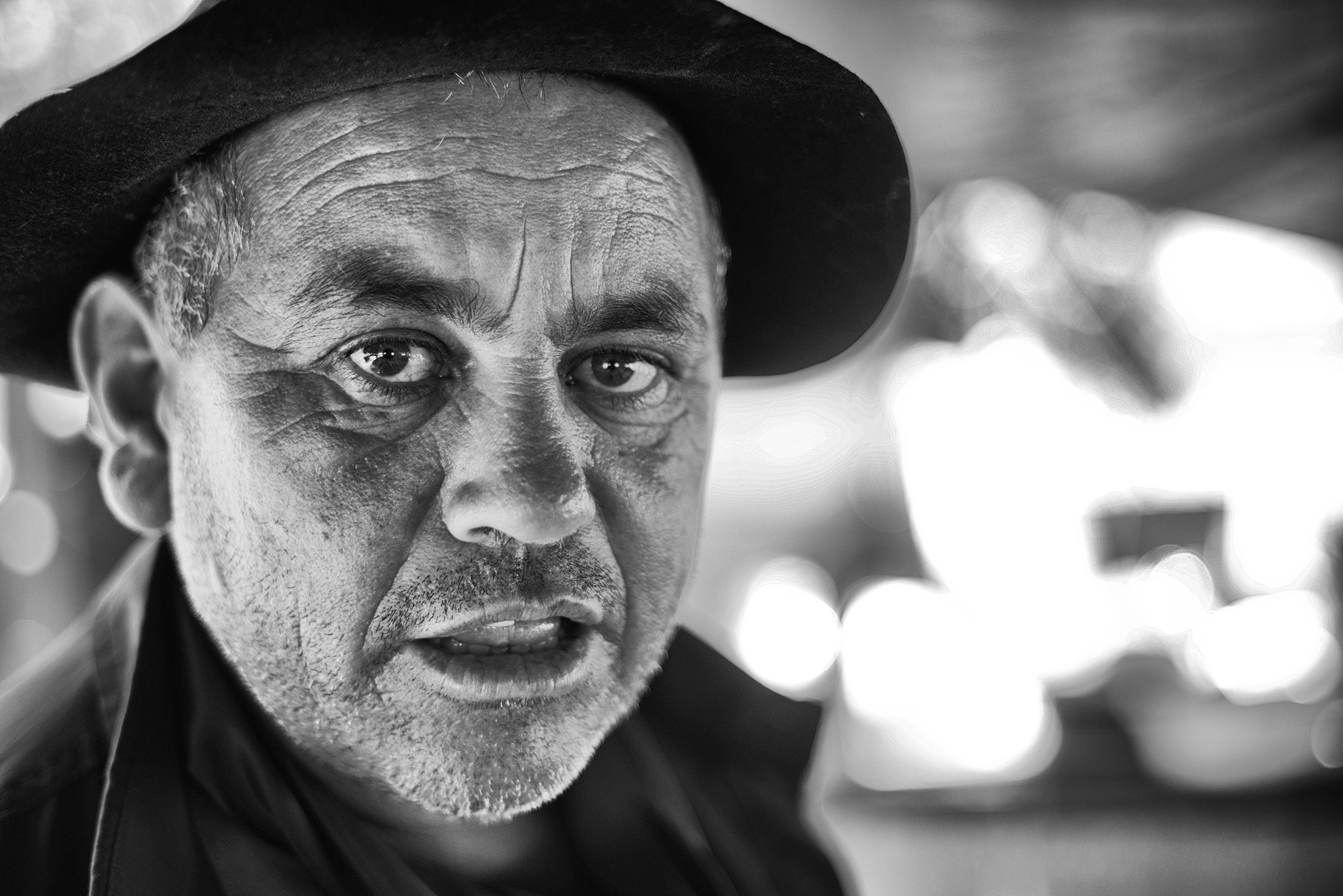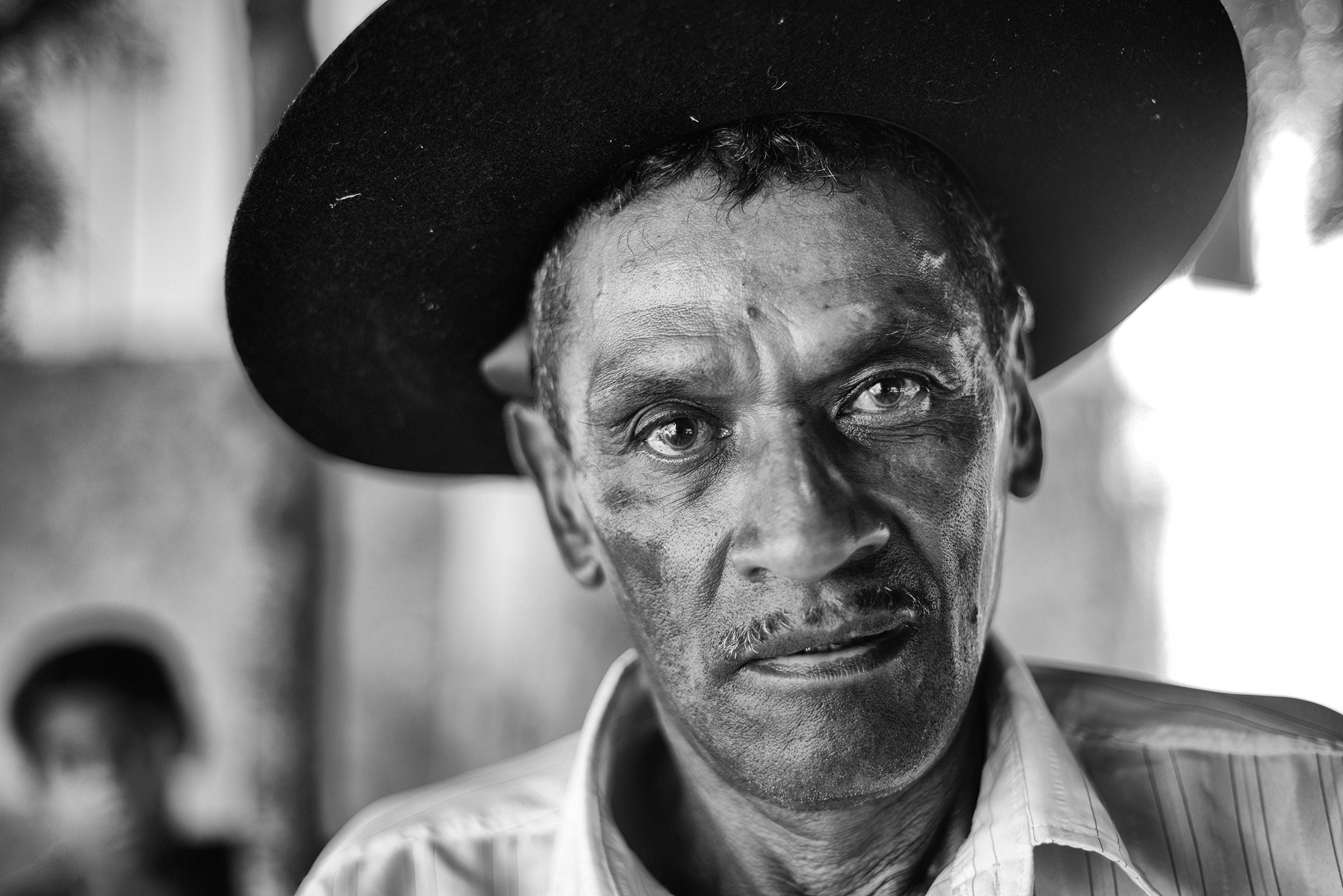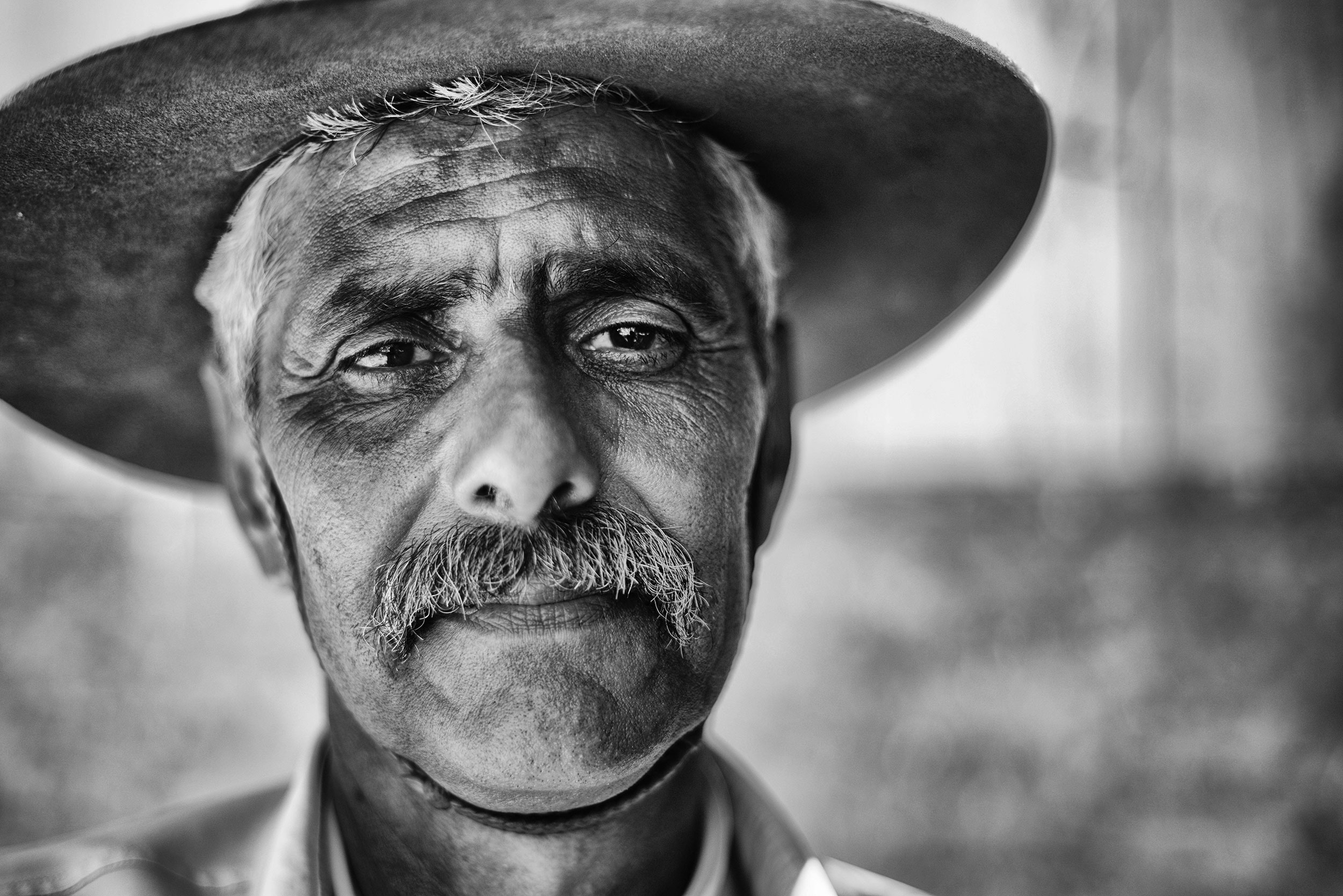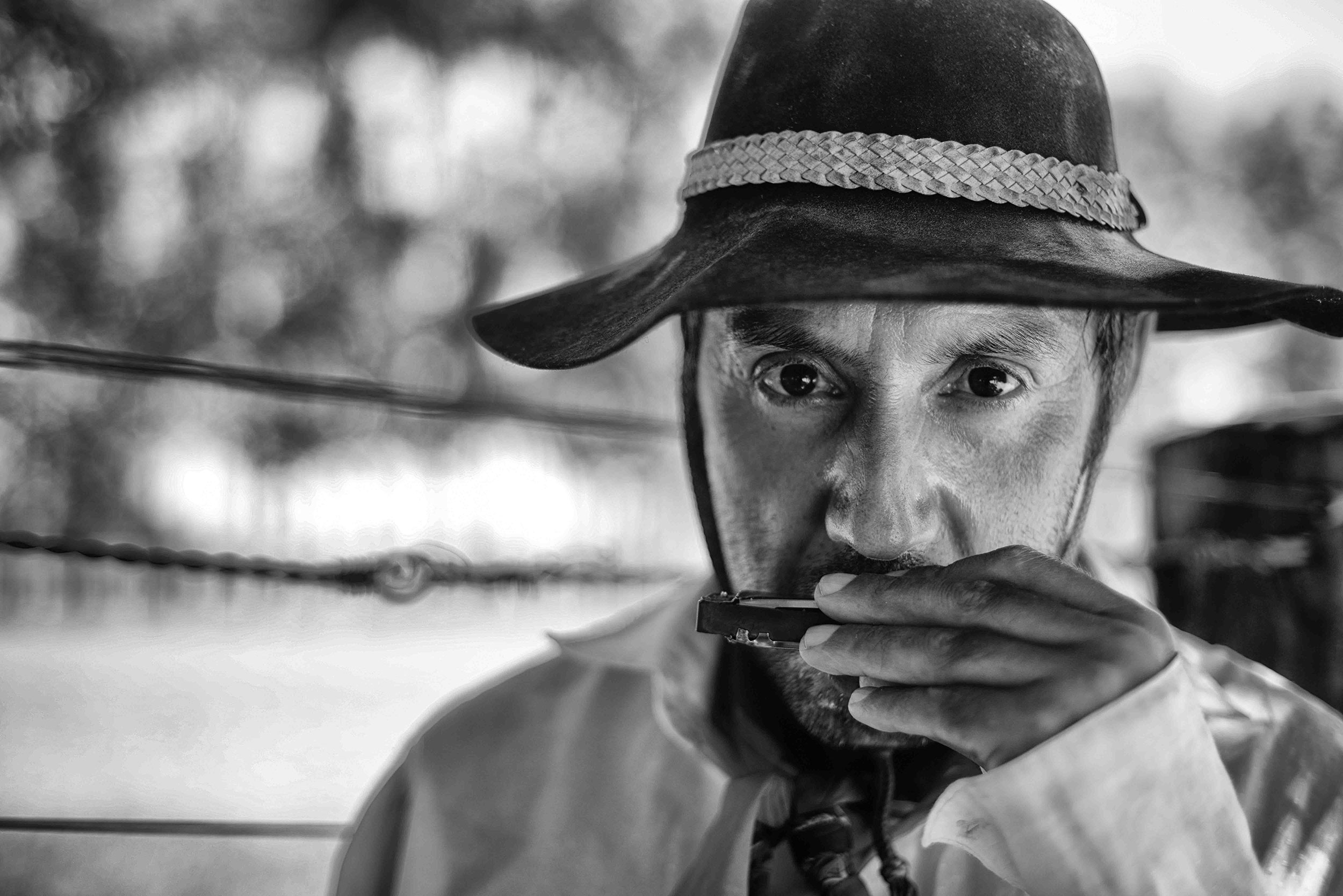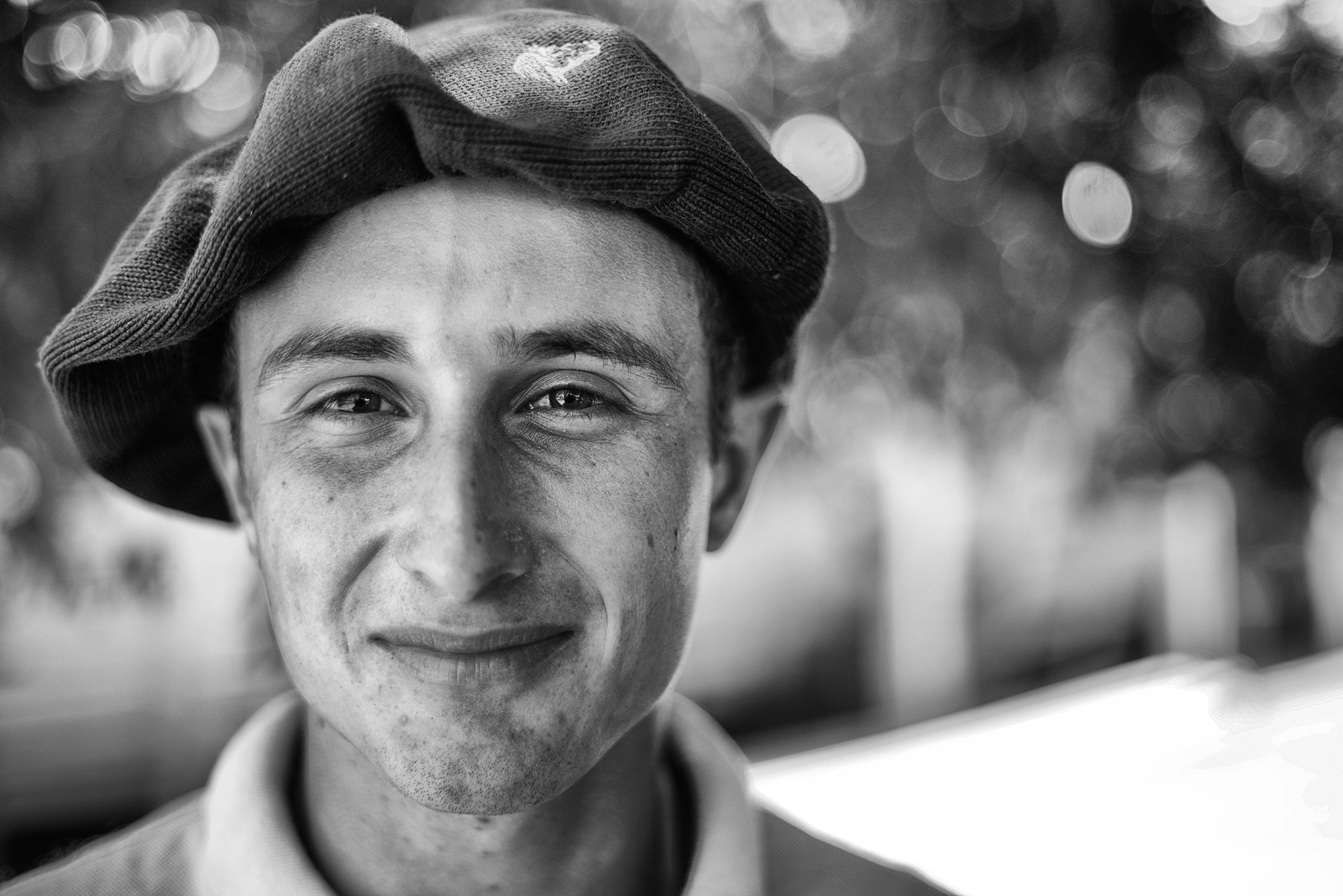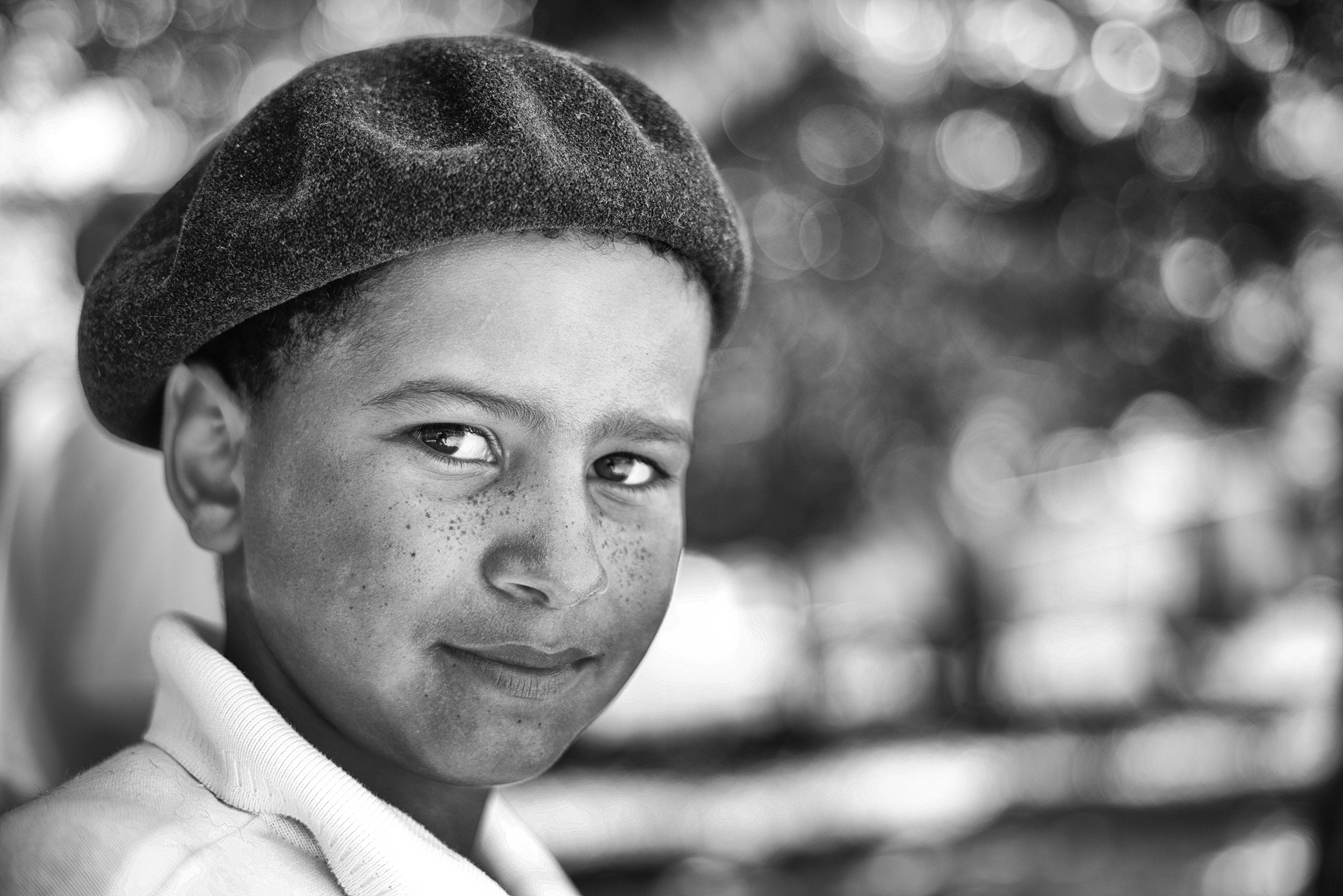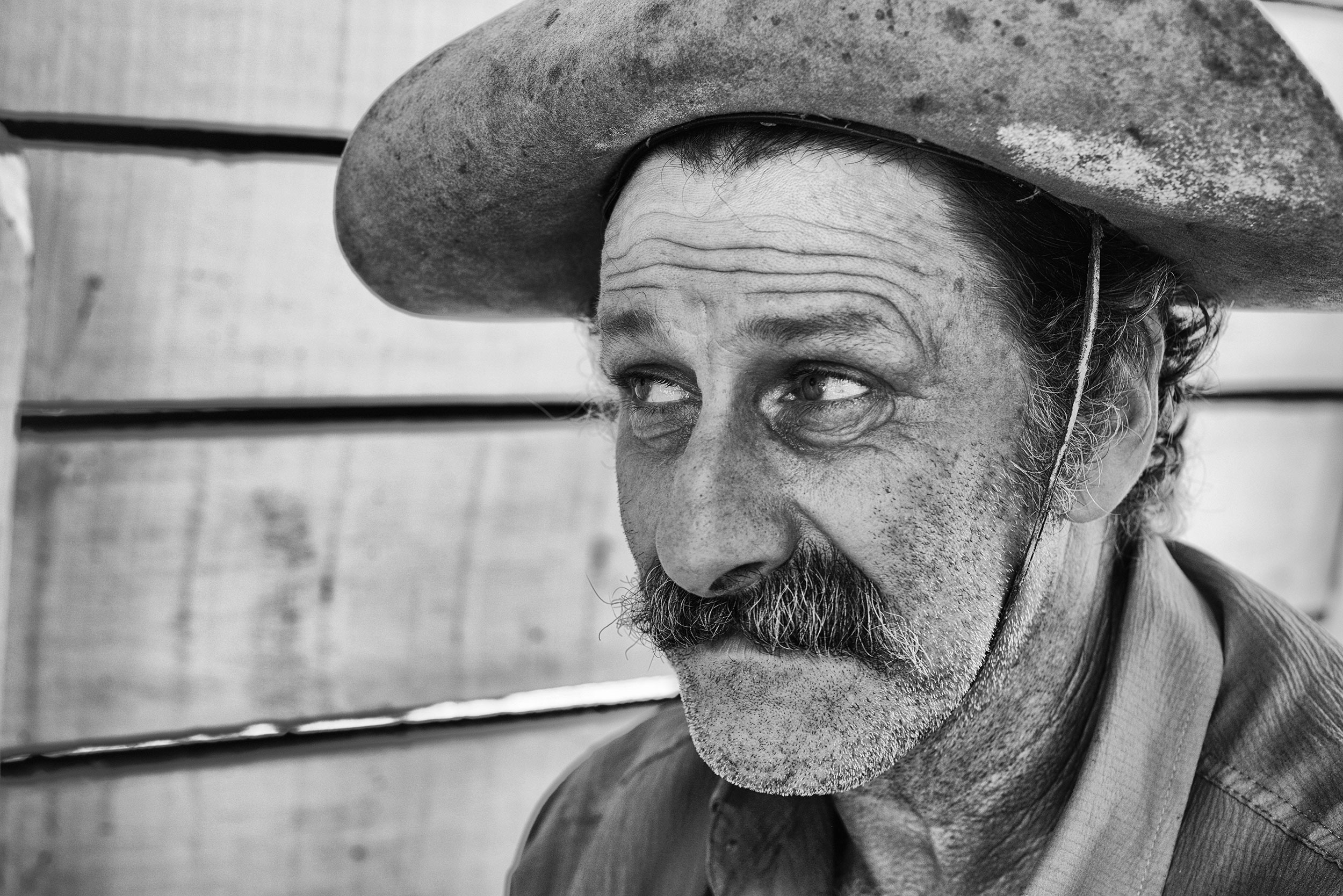The Real Gaucho: A Portrait of Tradition in São Gabriel
During a memorable event in São Gabriel, Rio Grande do Sul, I had the unique opportunity to photograph the spirit of the real gaucho. As I wandered through the festivities, I was surrounded by the delicious scent of churrasco, traditional music echoing through the air, and the unmistakable presence of the gauchos. These individuals, from every corner of the region, exuded a deep sense of pride in their heritage. It was clear that their identity is deeply tied to the land they live on, and as I snapped photos, I felt like I was witnessing the very essence of Southern Brazil.
The gaucho is much more than just a cowboy; they are a symbol of the cultural history of Rio Grande do Sul. This distinct identity emerged in the 18th century, influenced by a mix of indigenous people, Portuguese settlers, and Spanish colonists. The gauchos’ role as cattle herders and warriors made them essential to the survival of early settlements in the region. Over time, their way of life became synonymous with the vast pampas, vast grasslands that stretch across Argentina, Uruguay, and Brazil, where these hardy men and women worked tirelessly with their cattle and horses.
One of the key elements of gaucho culture is the tradition of churrasco, which is not simply a meal, but a social event. The roots of churrasco trace back to the indigenous peoples of the region, who used open fires to roast meat. Over the years, this cooking method was perfected by the gauchos, who would roast large cuts of beef on a skewer or grill, often at gatherings that lasted for hours. Today, churrasco remains a central part of gaucho life, with each region offering its own variations, from the seasoned meats to the ritual of sharing food around the fire.
As I photographed the event, I saw that the tradition of churrasco was more than just cooking; it was about coming together, celebrating life, and sharing the fruits of the land. The gauchos gathered around the fire, their faces illuminated by the glow, talking, laughing, and passing plates of sizzling meat. It’s a ritual that has been passed down through generations, a way of connecting with the past while creating new memories with family and friends.
These portraits I captured were not just images of people; they were glimpses into a way of life that has withstood the test of time. The gauchos of Rio Grande do Sul continue to live by values of honor, strength, and camaraderie, and through events like the one in São Gabriel, they ensure that their traditions are celebrated and passed on. In each face, I saw not just a person, but a living testament to the rich history and enduring legacy of the gaucho culture. The real gaucho is a symbol of the region’s heart and soul, and their spirit is alive in every slice of churrasco shared.

